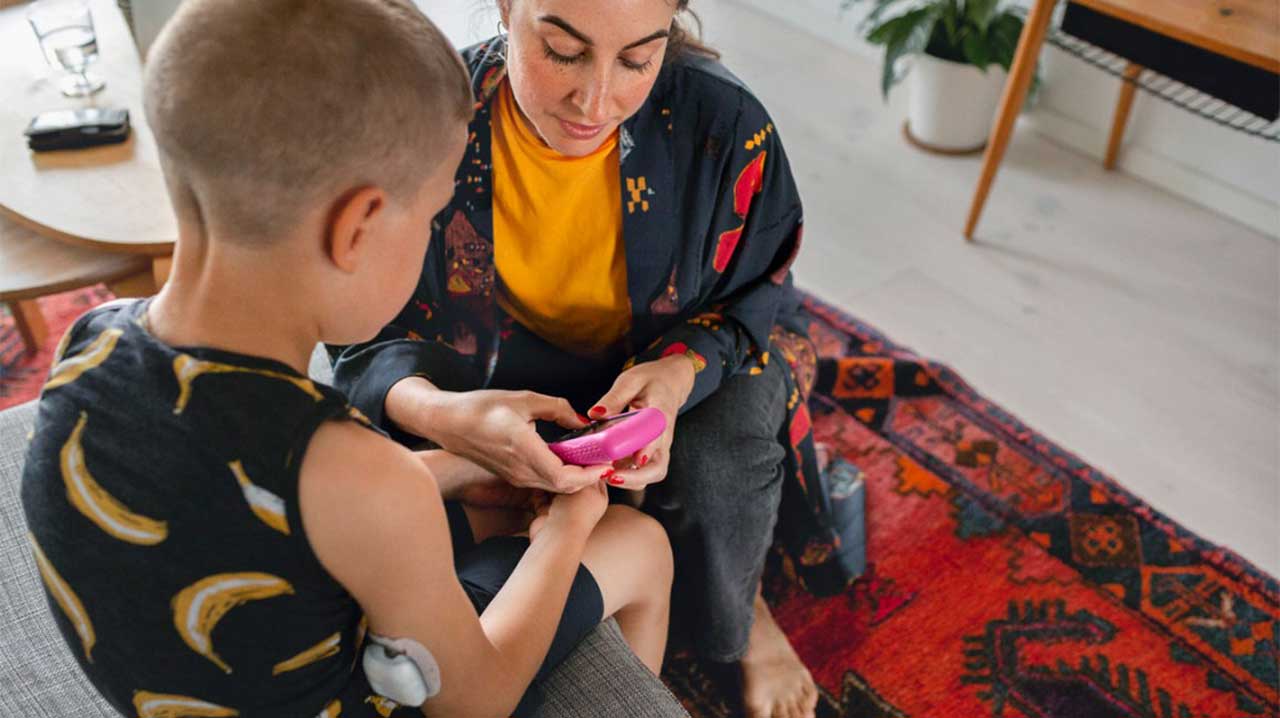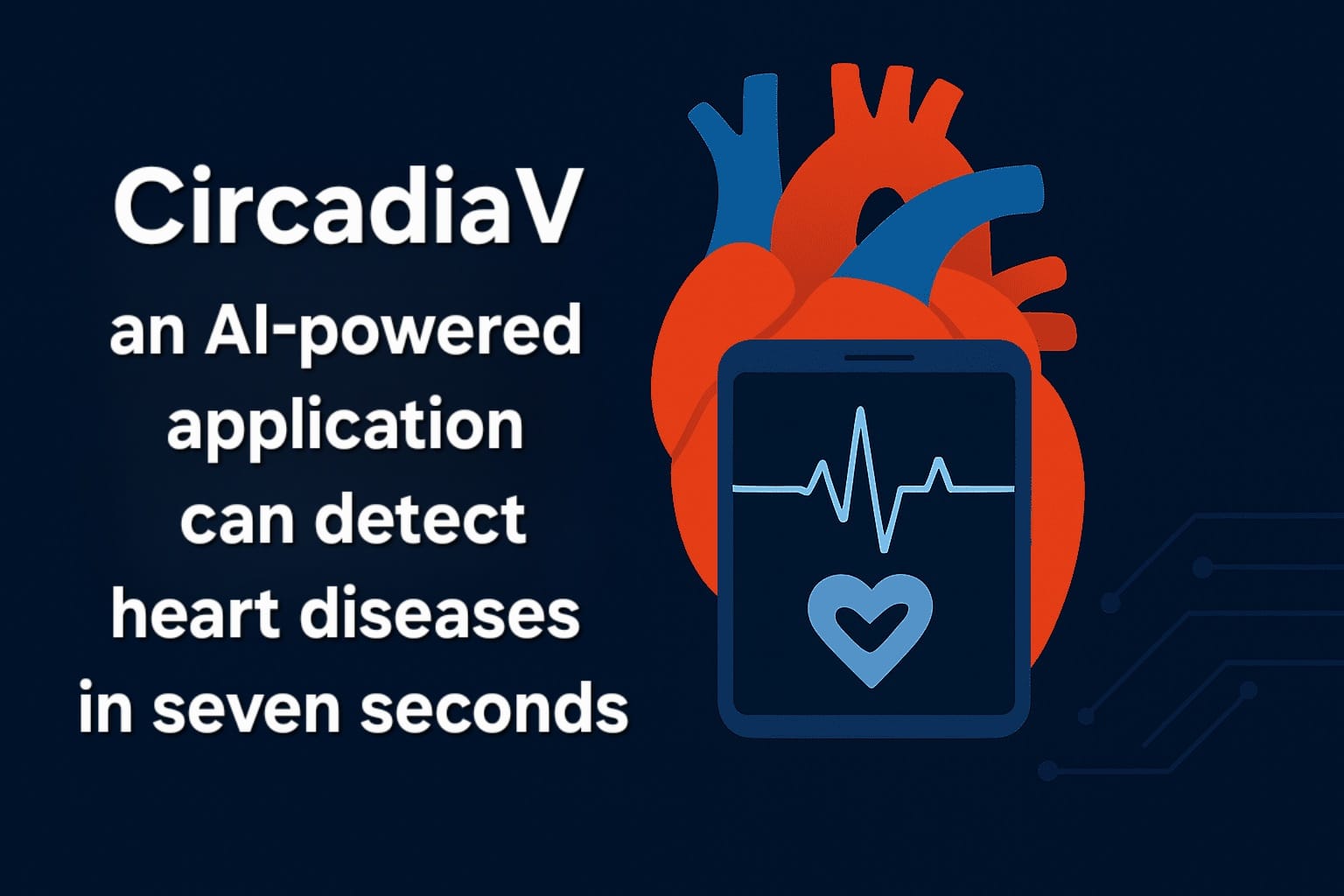India, which is considered the 'diabetes capital of the world' is officially facing a 'diabetes epidemic', with the dreaded disease affecting a large number of people all over the country. A 2017 study found 72.9 million Indians suffering from diabetes. By 2045, an estimated 134.3 million Indians will suffer from diabetes. There are mainly type 1 and type 2 diabetes. The former affects 8% of the diabetic population, whereas the latter affects 90% of them.
Both type 1 and type 2 diabetes have common factors and both pose serious health risks. In diabetes, our body cannot regulate our blood sugar or glucose. Glucose is the fuel that charges our body. But for this fuel to work, we need insulin. In type 1 diabetes, the body fails to produce insulin. In type 2 diabetes, the body doesn’t respond well to insulin.
Symptoms
The symptoms of both type 1 and type 2 diabetes are the same. Unexpected weight loss, being thirsty, using the toilet frequently at night, blurred eyesight and slow healing of wounds are all signs of one developing diabetes.
Type 1
The body has attacked the cells in the pancreas, taking away its ability to produce the hormone insulin. The symptoms of this occur suddenly and more quickly. Type 1 diabetes is also irreversible and incurable. Treatment available for this is to take insulin to manage blood sugar. Type 1 diabetes is not affected by one’s lifestyle choices. That is why type 1 diabetes is seen in children.
Type 2
In type 2 diabetes, the body doesn’t respond well to the insulin produced or is not able to produce enough insulin. The symptoms of this appear slowly and are often missed and go unnoticed. Here, taking insulin or medication is prescribed and changes in diet and lifestyle are recommended. Bad lifestyle choices can increase the risk of developing type 2 diabetes. Other factors like family history, being overweight and inactivity cause this diabetes.

 Here are the symptoms, risk factors and treatments available for type 1 and type 2 diabetes.
Here are the symptoms, risk factors and treatments available for type 1 and type 2 diabetes.









.jpeg)

.jpg)







.jpeg)



.jpg)


.jpg)




.jpg)


